The Positives of Collecting CAC Coins
Collectors look for specific grades when purchasing a coin based on many factors including beauty, detail, price, toning, luster, the absence of cleaning or damage, etc. The one factor that gives even some of the most advanced collectors trouble is finding coins that represent the highest end level of the assigned grade.
This article appeared in print in the November-December-January 2019-20 issue of the CAC Rare Coin Market Review. Click here for more information on this publication.
By Chris Maisano, Contributor
Collectors look for specific grades when purchasing a coin based on many factors including beauty, detail, price, toning, luster, the absence of cleaning or damage, etc. The one factor that gives even some of the most advanced collectors trouble is finding coins that represent the highest end level of the assigned grade. At each grade coins are popularly broken down into A-Coins, B-Coins, C-Coins and D-Coins (A being nearly upgradable and D being arguably over-graded). Finding A level coins at any grade range is tough, making CAC approved coins a reliable source for nearly guaranteed overall high-quality. CAC only accepts the finest B-Coins and all A-Coins, which should bring collectors great comfort and assurance that the coin they are purchasing is truly the best of the best and never have to worry about C or D level coins becoming part of their collection.
CAC coins come at a premium similar to that of a plus-grade; but they are well worth it as the returns in the future are drastically better than those of non-CAC coinage. This goes for any range of condition, rarity and value. The following are examples of very different coins that all show the incredible effects of having a CAC sticker at auction. The average price realized at auction for the popular 1909-S VDB Lincoln Cent graded MS65RD in 2019 is $3,930 (as low as $3,600) without CAC approval. However, with a sticker under the same criteria, the average price is up to $4,879.50 (as high as $5,100) for the same coin.
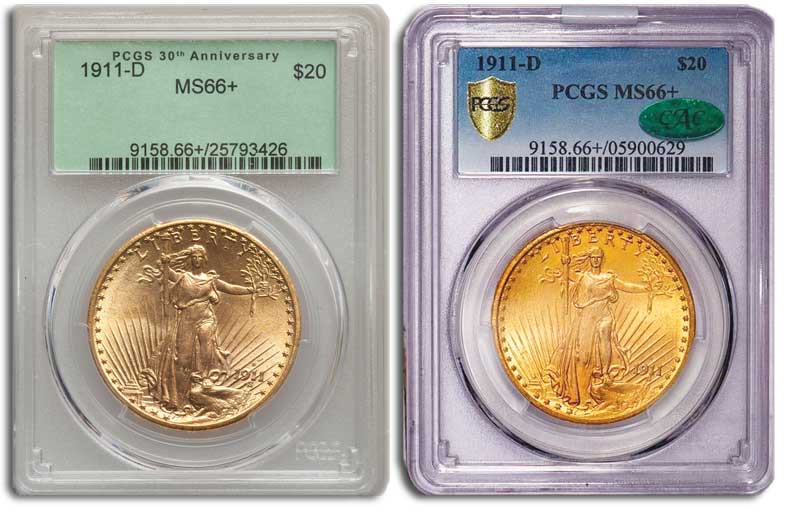
A Tale of Two 1911-D Saints. Both coins are graded PCGS MS66+. The coin on the left realized $6,300 at Heritage Auctions in July 2019. The coin on the right received a CAC sticker and realized $9,694 at Legend Auctions in September 2019, a premium of 53%. One 1911-D $20 graded MS67 (of 50 graded at both services) has received a CAC sticker, which adds to the demand of the MS66+ examples with the sticker.
The average price realized at auction for the popular type coin 1875-S Twenty Cent Piece graded MS65 from 2017 through 2019 is $1,982.28 (from 18 total comprising the average) without CAC approval. On the other hand, with a sticker and under the same criteria, the average is up to $2,828 (from 5 total). The average price realized at auction for the last four 1893-S dollars graded XF45 is $8,475 (as low as $7,500) without CAC approval; but, with a sticker under the same criteria, the average is up to $13,009.50 (as high as $14,100). The average price realized at auction for the last four 1834 Classic Head Plain 4 Half Eagles graded AU58 is $1,650.50 without CAC approval. However, with a CAC sticker, under the same criteria, the average is up to $2,761.50. These examples show how CAC coins are nearly incomparable with their uncertified counterparts in all aspects including quality and price point.
CAC approval is becoming increasingly vital in today’s coin market, in both the long and short term, as the sticker can assist numismatists looking for crack-outs as well as those looking for serious long term investments. CAC coins affect both ends of the market and everything in between, from the cheapest gradable items through the greatest numismatic rarities.
Novice coin collectors can get a head start in building their collections, by skipping the phase of trial-and-error by collecting CAC coins from the onset. Even coins at or around a hundred dollars in value garner so much more attention when numismatists see that green sticker. Especially the most advanced collectors in numismatics have an incredible use for CAC approval when attempting completion of finest known registry sets. As multiple coins can be tied at the highest grade but perhaps just one has a CAC sticker setting it apart from the rest. An example of this is the 1911-D Saint Gaudens Double Eagle, which has quite a few finest known MS67’s but just one has CAC approval.
Many potential coin buyers carefully search though certified and non-certified coins at coin shows to find precisely what it is they are looking for. As a collector myself, I begin my search by dividing the inventory at coin show tables into two categories, coins with CAC stickers and coins without CAC stickers. Why do I do this? Plain and simple, the overall surface quality and eye appeal is typically unmatched by coins without CAC stickers as opposed to those with. CAC, by its very mandate is helping collectors and dealer pre-screen NGC and PCGS certified coins as top-of-class.
These CAC coins hold their value and potentially increase in value versus coins without. Furthermore, the perception of future perspective buyers is that CAC coins provide an extra layer of defense with regard to authenticity, are more valuable, higher in surface quality as well as in overall demand. Unfortunately, counterfeiting has become a growing problem in the industry. Thus, the premium charged for CAC coins is well worth the added cost. As a collector, the worst feeling in the world is regretting an addition to your collection. All purchases should be an enhancement. As a coin seller, I have sold both CAC coins and those without stickers; and I know, first hand, the ease in resale of the former versus the latter. CAC has an outstanding reputation in the numismatic industry that is attached to every coin that they “approve” for a sticker. It is evident that the benefits of purchasing CAC coins are truly beneficial to the buyer and marketplace. This certification provides collectors with an unmatched level of confidence and peace of mind that they are making a sound investment.

Download the Greysheet app for access to pricing, news, events and your subscriptions.
Subscribe Now.
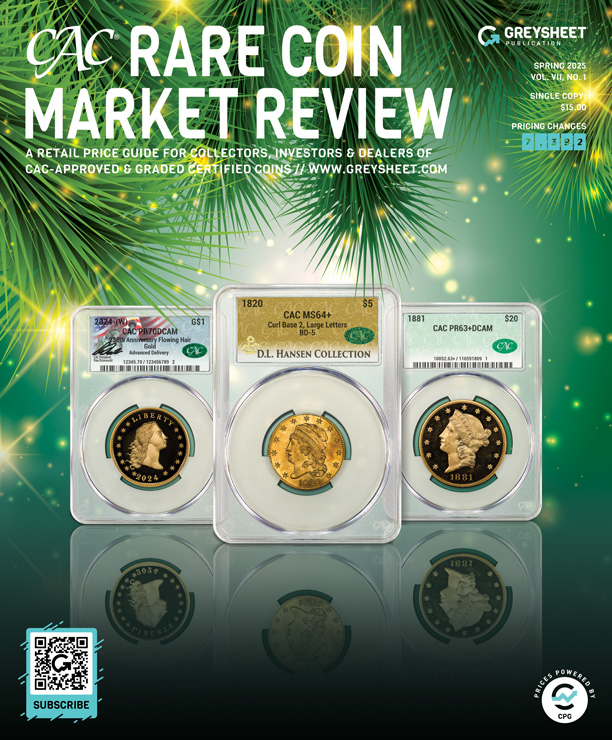
Subscribe to CAC Rare Coin Market Review for the industry's most respected pricing and to read more articles just like this.
Author: Chris Maisano
Related Stories (powered by Greysheet News)
View all news
On April 21st, Legend Auctions is highlighting the greatest set of Walking Liberty Half Dollars ever assembled in The Regency Auction 44 at the Bellagio Hotel & Casino in Las Vegas.
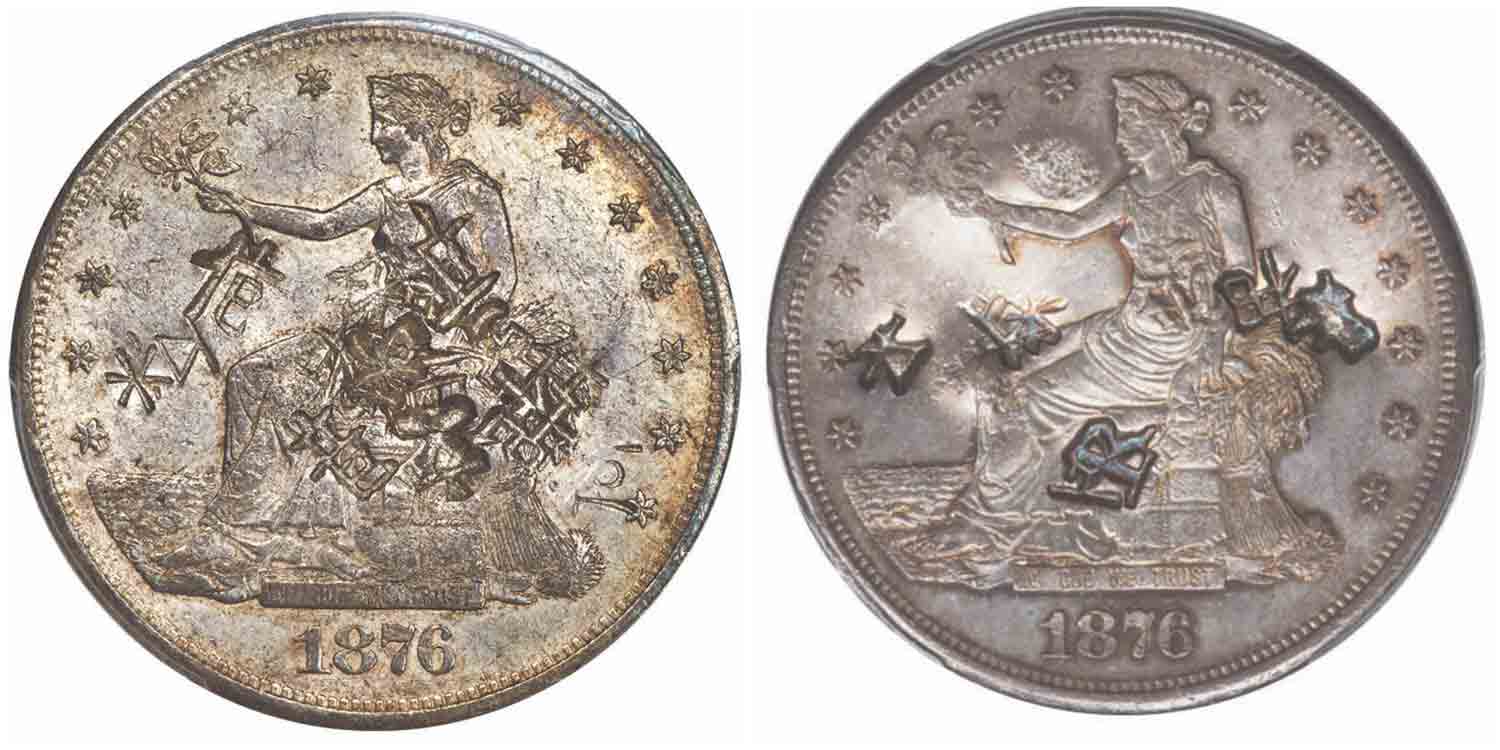
Coins with damage or major detracting defects are avoided like the plague by collectors, investors and dealers alike.
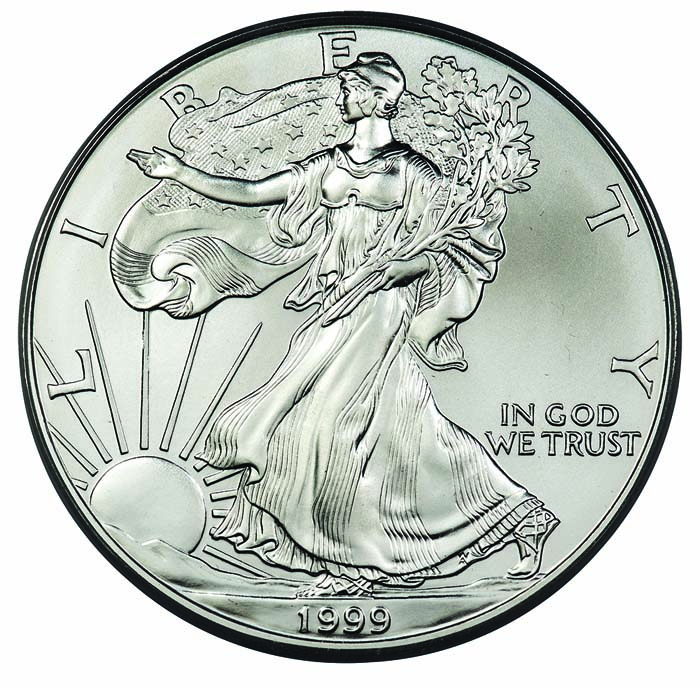
Good news to collectors and investors of silver and modern coinage. There are a number of American Silver Eagles worth thousands more than just their silver content. Here is what to look for.


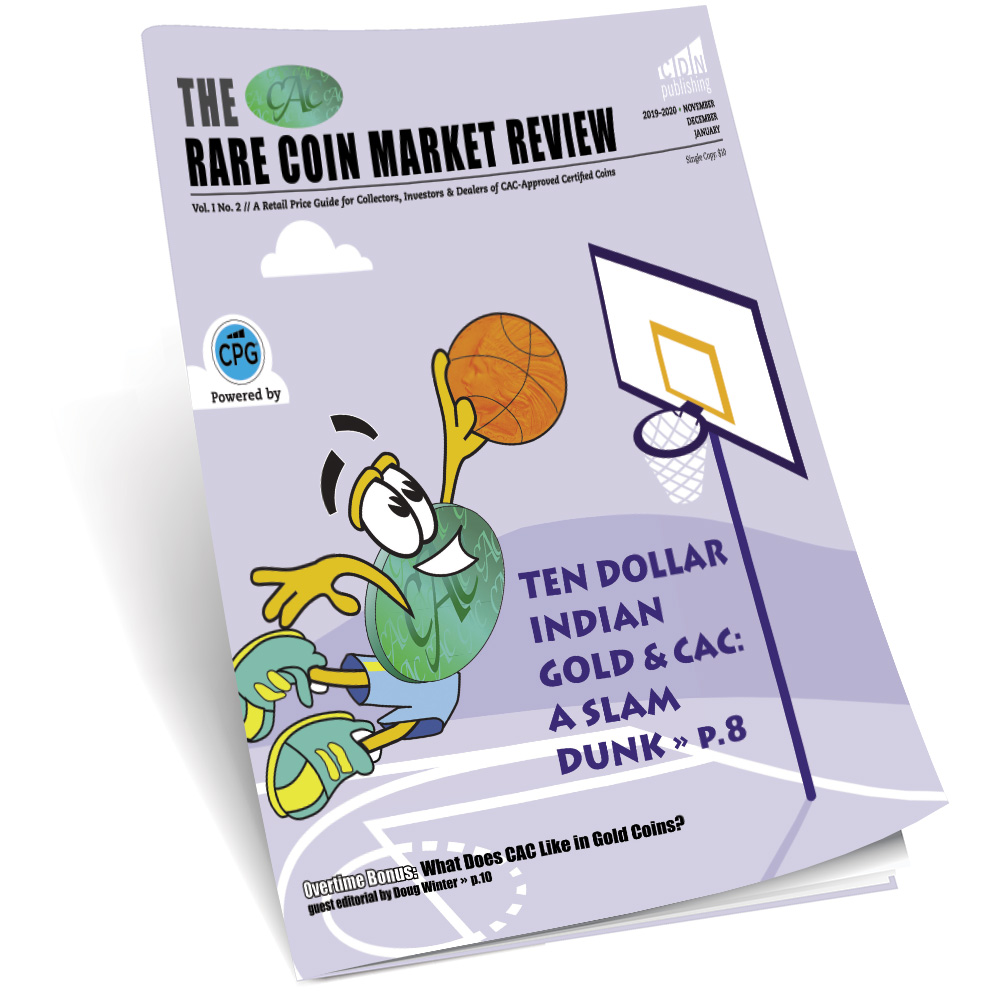
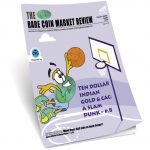






Please sign in or register to leave a comment.
Your identity will be restricted to first name/last initial, or a user ID you create.
Comment
Comments